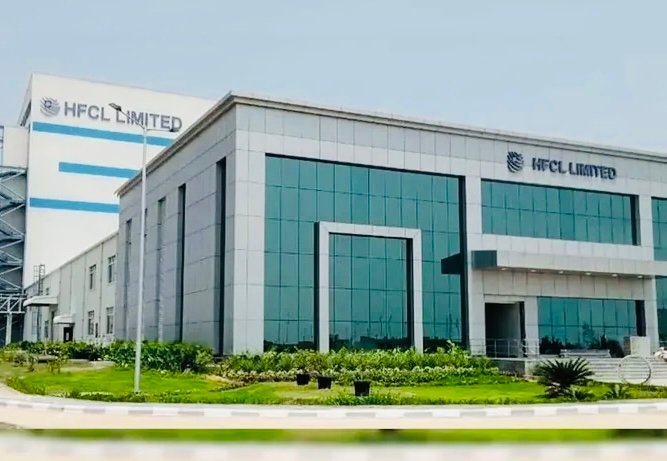Mumbai — The Securities and Exchange Board of India (SEBI), in its 211th board meeting held on September 12, 2025, announced a series of sweeping reforms aimed at enhancing market accessibility, investor protection, and regulatory clarity across asset classes.
To facilitate smoother entry for low-risk foreign investors, SEBI introduced the SWAGAT-FI (Single Window Automatic & Generalised Access for Trusted Foreign Investors) framework. This mechanism simplifies registration and compliance for sovereign wealth funds, central banks, multilateral agencies, public retail funds, and regulated insurance and pension entities. These investors will now benefit from unified access across investment routes and extended registration validity of up to 10 years.
In a move to protect retail investors, SEBI capped the maximum exit load on mutual fund redemptions at 3%, down from the earlier 5%. The regulator also revised distributor incentives to encourage onboarding of first-time investors, especially women and those from Tier-II and Tier-III cities.
Further, SEBI reclassified Real Estate Investment Trusts (REITs) as equity instruments, making them eligible for inclusion in equity indices and mutual fund equity portfolios. Infrastructure Investment Trusts (InvITs) will continue to be treated as hybrid instruments. This reclassification is expected to boost liquidity and institutional participation in the REIT segment.
Additional measures approved include extended timelines for large listed companies to meet the 25% Minimum Public Shareholding (MPS) norm—up to five years for firms with market capitalization between ₹1–5 lakh crore, and ten years for those above ₹5 lakh crore. SEBI also strengthened the anchor investor framework in IPOs, raising the institutional quota from 33% to 40%, and expanded eligibility to include pension and insurance funds.
To support foreign portfolio investors, SEBI announced the launch of the ‘India Market Access’ portal, designed to streamline registration and compliance processes.
These reforms collectively aim to deepen India’s capital markets, attract long-term global capital, and foster inclusive growth across investor categories.



